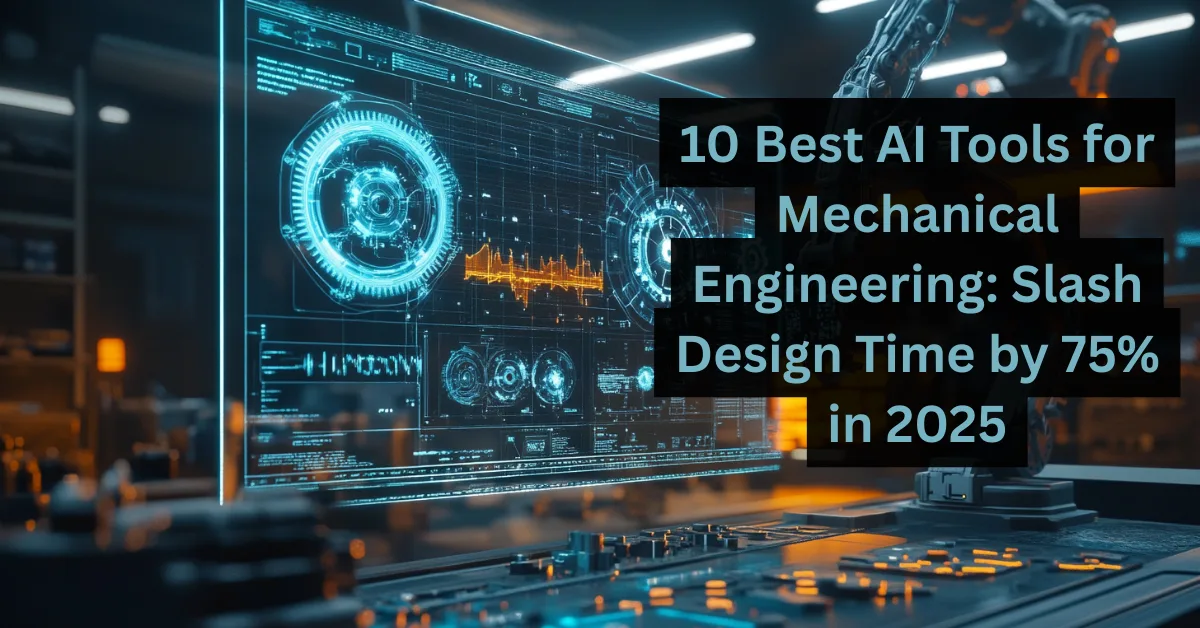Mechanical engineers are experiencing the most dramatic transformation in their profession since the advent of computer-aided design. Manufacturing companies report an AI adoption rate of about 12%, and design iteration cycles are being reduced by up to 75% in complex mechanical systems thanks to revolutionary AI-powered tools. Yet despite these game-changing efficiency gains, many engineers remain overwhelmed by the sheer number of AI solutions flooding the market.
This comprehensive guide cuts through the noise to reveal the 10 most powerful AI tools that are genuinely transforming how mechanical engineers work in 2025. You’ll discover exactly which AI solutions can slash your design time, reduce project costs by thousands of dollars, and unlock creative possibilities you never knew existed.
What you’ll learn in this guide:
- The top AI tools transforming mechanical design, simulation, and manufacturing
- Honest comparisons of features, pricing, and performance for each solution
- Step-by-step guidance on choosing the right AI tools for your specific needs
- Real case studies showing measurable time and cost savings
The AI revolution in mechanical engineering isn’t coming—it’s already here. The question isn’t whether you should adopt these tools, but which ones will give you the competitive edge you need to thrive in 2025 and beyond.
Why AI is Revolutionizing Mechanical Engineering

Photo by Pixabay:
The mechanical engineering industry faces unprecedented challenges that conventional approaches struggle to address. Traditional design methodologies are rapidly becoming obsolete as artificial intelligence reshapes every aspect of the engineering workflow.
The Critical Problems AI Solves
Time-Intensive Design Processes Traditional design iterations can take weeks or months to complete. Engineers spend countless hours manually adjusting parameters, running simulations, and testing prototypes only to discover fundamental flaws late in the development cycle.
Complex Optimization Challenges The sheer number of variables in modern mechanical systems makes manual optimization nearly impossible. Engineers must balance competing requirements like weight, strength, cost, and manufacturability across thousands of potential design configurations.
Resource Constraints Companies demand faster time-to-market while maintaining strict quality standards and minimizing development costs—a seemingly impossible triangle to balance with traditional methods.
How AI Addresses These Problems
AI enables “real-time collaboration and automation in CAD environments” where “engineers can leverage AI to automate repetitive design modifications, conduct stress analysis, and optimize component layouts, improving productivity”. What once took days now happens in minutes.
Measurable Impact:
- Productivity improvements of 30-75% in design-intensive projects
- Quality control and real-time optimization ensure consistent results
- Companies leveraging AI tools report faster innovation cycles and stronger market positioning
Top 10 AI Tools for Mechanical Engineers
Design & CAD Tools
1. Autodesk Generative Design (Fusion 360)
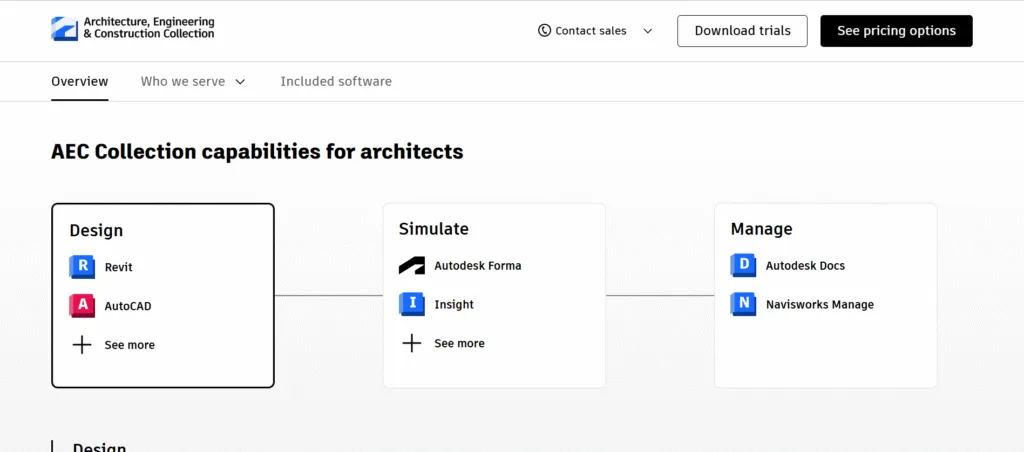
Autodesk’s generative design platform represents the gold standard for AI-driven design exploration. It explores “a wide array of design possibilities that meet predefined criteria” through advanced algorithms.
- Key Features: Algorithm-driven optimization, cloud-based processing, manufacturing constraints
- Best For: Lightweight aerospace components, topology optimization for 3D printing
- Pricing: $460/month
- Rating: ⭐⭐⭐⭐⭐ (4.7/5)
2. Leo AI – Engineering Design Copilot
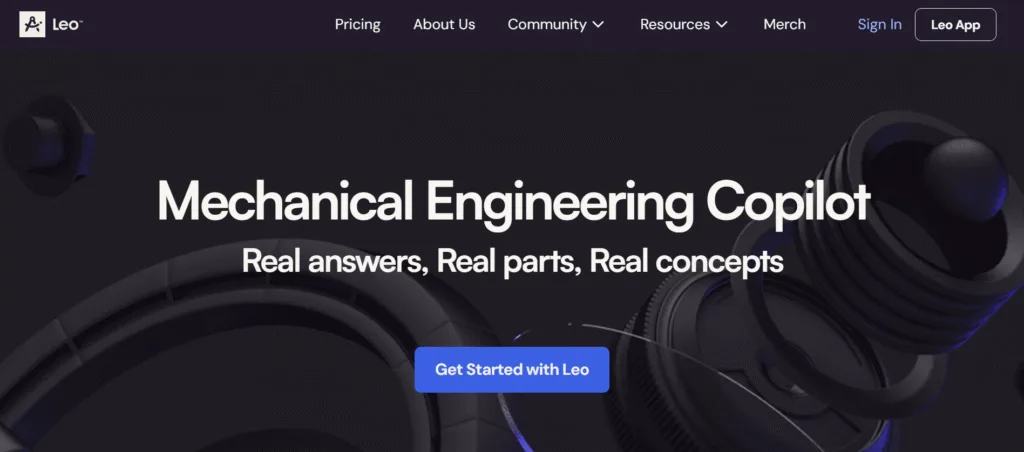
The “world’s first engineering design copilot” that “transforms text, sketches, specs, and CAD constraints into DFMA-optimized, full-assembly 3D CAD models”.
- Key Features: Natural language processing, 1M+ engineering resources, 3D model generation
- Best For: Rapid concept development, product assembly design
- Pricing: Custom pricing (Free tier available)
- Rating: ⭐⭐⭐⭐ (4.3/5)
3. SolidWorks AI-Enhanced Tools
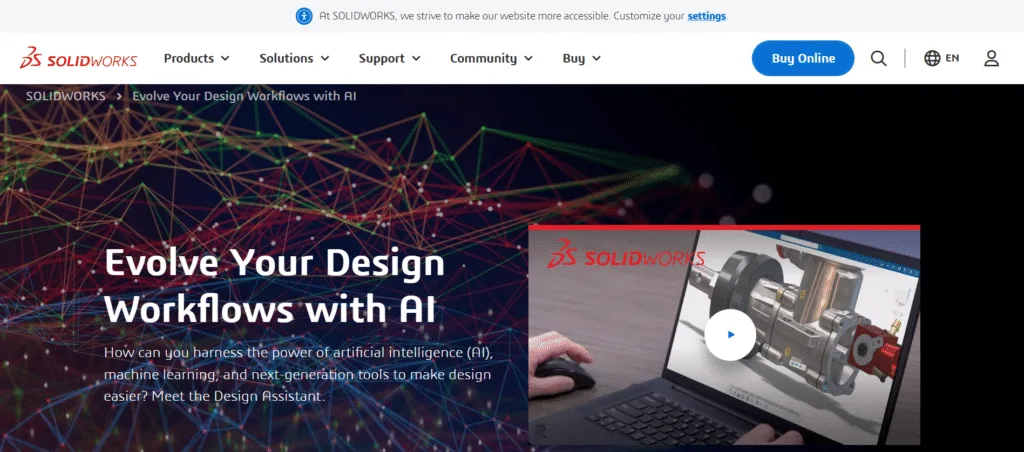
Integrated artificial intelligence throughout the platform offering intelligent design suggestions and automated optimization.
- Key Features: Intelligent design recommendations, AI-powered simulation setup
- Best For: Traditional mechanical design workflows, large assemblies
- Pricing: $856/Quarterly
- Rating: ⭐⭐⭐⭐ (4.4/5)
Simulation & Analysis Tools
4. ANSYS AI-Powered Suite
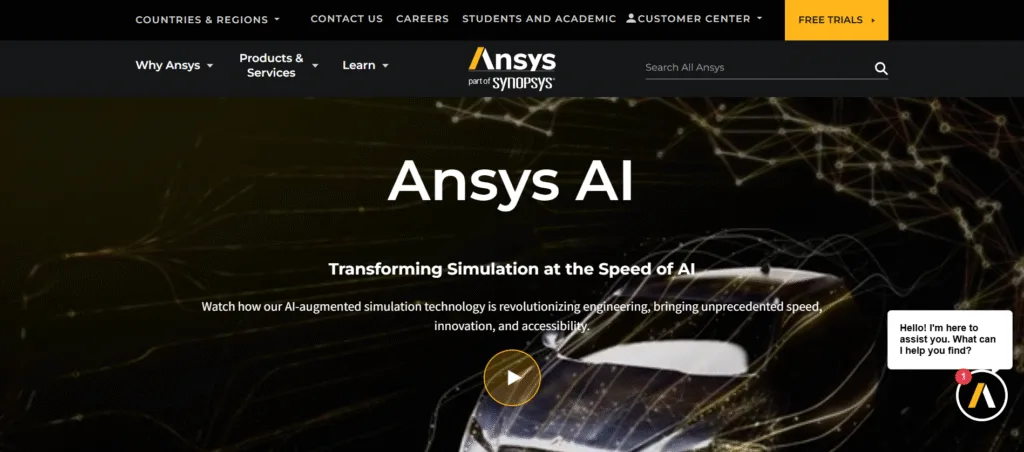
Industry-leading simulation with AI-enhanced meshing, predictive modeling, and intelligent result interpretation.
- Key Features: Automated simulation setup, machine learning-based validation
- Best For: Complex finite element analysis, fluid dynamics simulation
- Pricing: $20,000+/year
- Rating: ⭐⭐⭐⭐⭐ (4.6/5)
5. SimScale Cloud Simulation
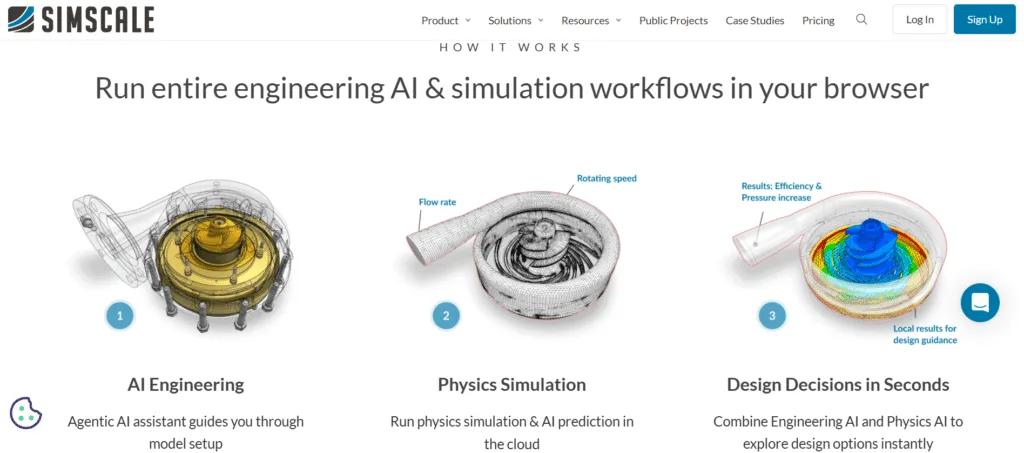
Browser-based platform democratizing access to CFD, FEA, and thermal analysis through AI-assisted setup.
- Key Features: AI-assisted meshing, collaborative result sharing
- Best For: Small teams, educational applications, rapid iteration
- Pricing: Free-$300 per 3000 core hours
- Rating: ⭐⭐⭐⭐ (4.1/5)
Manufacturing & Optimization Tools
6. Siemens MindSphere
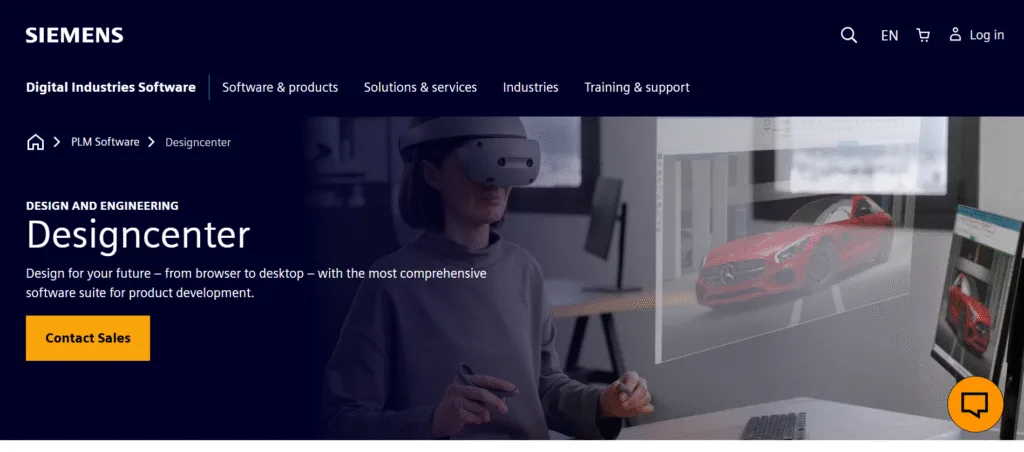
Industrial IoT platform integrating AI and machine learning for manufacturing optimization and predictive maintenance.
- Key Features: Predictive maintenance algorithms, digital twin integration
- Best For: Smart manufacturing, production optimization
- Pricing: Enterprise pricing
- Rating: ⭐⭐⭐⭐ (4.2/5)
7. Altair AI-Driven Optimization
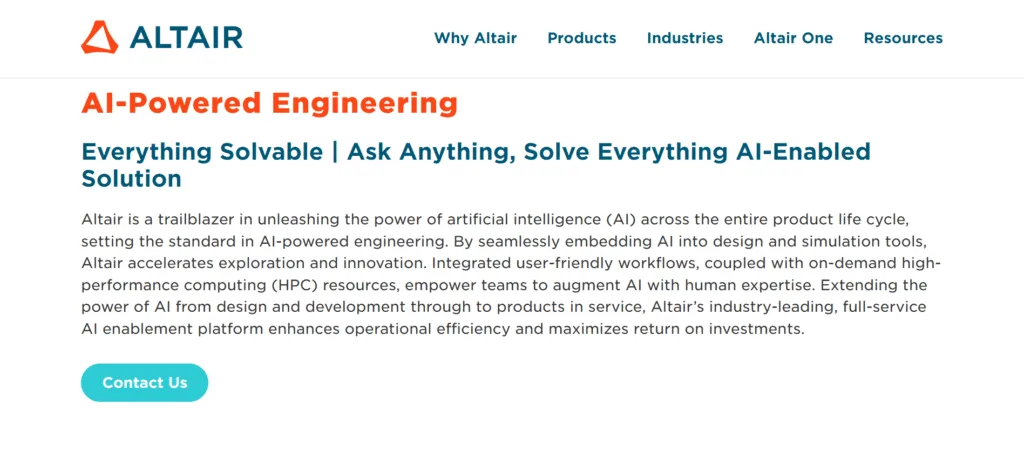
Combines traditional simulation with machine learning for intelligent design solutions balancing multiple objectives.
- Key Features: Multi-objective design optimization, AI-powered topology optimization
- Best For: Lightweight structures, manufacturing process optimization
- Pricing: $5,000+/year
- Rating: ⭐⭐⭐⭐ (4.3/5)
Free & Student-Friendly Tools
8. TensorFlow for Engineering
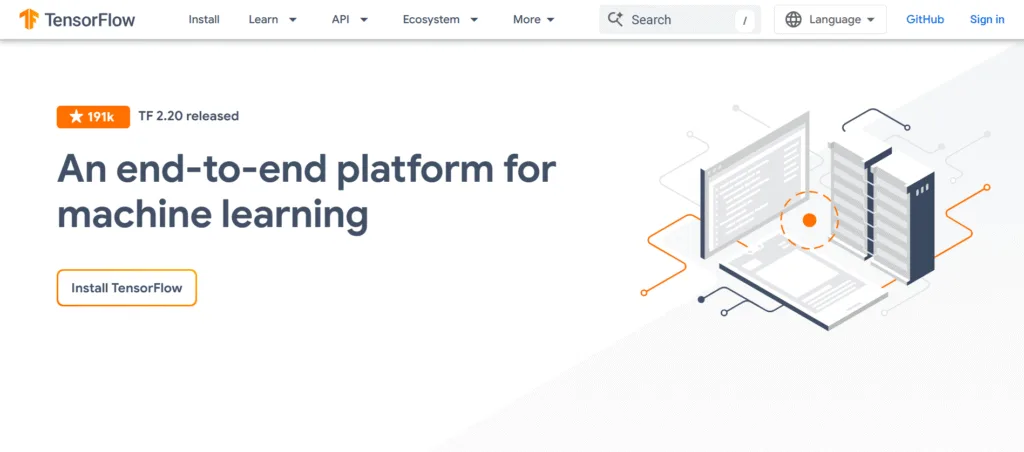
Open-source machine learning framework for developing custom AI solutions for engineering applications.
- Key Features: Custom AI model development, extensive documentation
- Best For: Research projects, learning machine learning fundamentals
- Pricing: Free
- Rating: ⭐⭐⭐⭐ (4.4/5)
9. Microsoft AI Builder
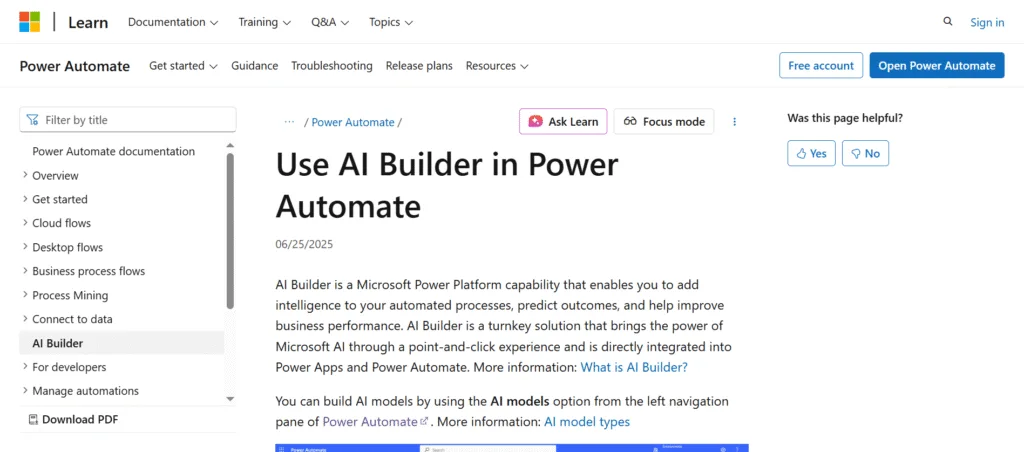
Low-code AI platform enabling custom solutions without extensive programming knowledge.
- Key Features: Visual model training, Microsoft ecosystem integration
- Best For: Process automation, quality control
- Pricing: $20+/user/month
- Rating: ⭐⭐⭐⭐ (4.0/5)
10. OpenAI API
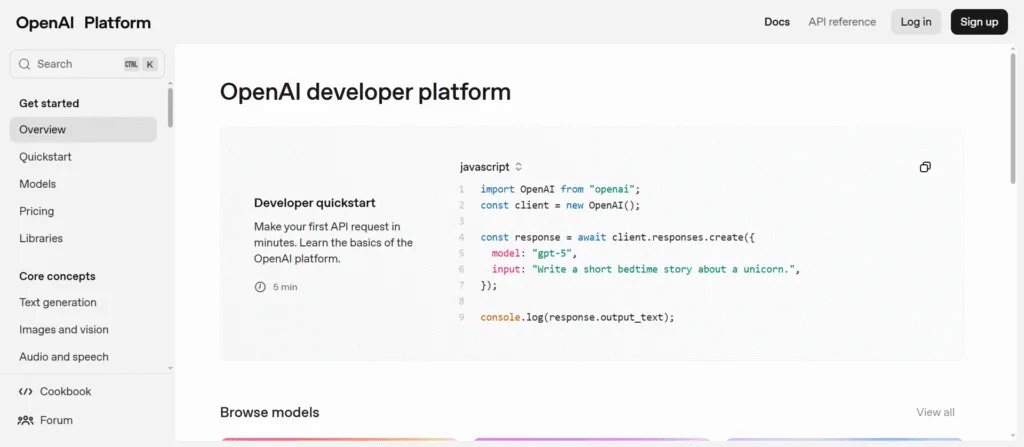
Advanced natural language processing for technical documentation and problem-solving assistance.
- Key Features: Code generation, mathematical problem solving
- Best For: Technical documentation, engineering calculation assistance
- Pricing: Pay-per-use
- Rating: ⭐⭐⭐⭐ (4.3/5)
Complete Tool Comparison
| Tool | Category | Best For | Pricing | Learning Curve | Rating |
|---|---|---|---|---|---|
| Autodesk Generative | CAD/Design | Topology optimization | $200/month | High | ⭐⭐⭐⭐⭐ 4.7/5 |
| Leo AI | Design Copilot | Rapid concept development | Custom | Low | ⭐⭐⭐⭐ 4.3/5 |
| SolidWorks AI Tools | CAD/Design | Traditional mechanical design | $856/Quarterly | Medium | ⭐⭐⭐⭐ 4.4/5 |
| ANSYS AI Suite | Simulation | Complex FEA/CFD analysis | $20,000+/year | Very High | ⭐⭐⭐⭐⭐ 4.6/5 |
| SimScale | Cloud Simulation | Small teams/education | Free-$99/month | Medium | ⭐⭐⭐⭐ 4.1/5 |
| Siemens MindSphere | Manufacturing | Industrial IoT/Predictive | Enterprise | Very High | ⭐⭐⭐⭐ 4.2/5 |
| Altair AI Optimization | Simulation | Multi-objective optimization | $5,000+/year | High | ⭐⭐⭐⭐ 4.3/5 |
| TensorFlow | Custom AI | Research/Custom solutions | Free | Very High | ⭐⭐⭐⭐ 4.4/5 |
| Microsoft AI Builder | Low-Code AI | Process automation | $20+/user/month | Low | ⭐⭐⭐⭐ 4.0/5 |
| OpenAI API | AI Assistant | Technical documentation | Pay-per-use | Medium | ⭐⭐⭐⭐ 4.3/5 |
How to Choose the Right AI Tool
Selecting optimal AI tools requires matching your specific requirements with tool capabilities. Consider these critical factors:
1. Assess Your Workflow Pain Points
- Which design tasks consume the most engineering hours?
- Where do quality issues most commonly arise?
- What simulation processes create project delays?
2. Define Budget and ROI Expectations
- Free/Open Source ($0): TensorFlow, open resources
- Small Team ($100-$5,000/year): SimScale, Leo AI
- Professional ($5,000-$25,000/year): SolidWorks AI, Autodesk
- Enterprise ($25,000+/year): ANSYS, Siemens
3. Evaluate Team Capabilities
- Basic Users: Need intuitive interfaces (Leo AI, Microsoft AI Builder)
- Intermediate: Handle moderate complexity (SolidWorks, SimScale)
- Advanced: Custom development (TensorFlow, OpenAI API)
4. Implementation Strategy
Phase 1: Pilot Testing (2-4 weeks)
- Start with small-scale projects
- Track time reduction and quality improvements
- Measure user satisfaction
Phase 2: Gradual Rollout (2-6 months)
- Train additional team members
- Develop standard procedures
- Expand across engineering functions
Future of AI in Mechanical Engineering

Image by Mo Farrelly from Pixabay
The mechanical engineering industry stands at a pivotal transformation point. Understanding emerging trends is essential for remaining competitive.
Key Developments by 2027
- 82% of organizations will integrate AI agents for autonomous task management
- Smart manufacturing becoming standard with 10-15% operational cost reductions
- Cross-disciplinary AI integration creating new hybrid engineering roles
- Quantum-enhanced simulation solving previously intractable problems
Career Implications
The automation risk for mechanical engineers remains low at 30%. However, job roles will evolve significantly:
Skills in High Demand:
- AI tool mastery across design and simulation platforms
- Data science for engineering decision-making
- Cross-disciplinary system integration
- Human-AI collaboration leadership
New Role Categories:
- AI-Augmented Design Specialists
- Predictive Systems Managers
- Engineering Data Scientists
- Human-AI Interface Designers
Strategic Preparation
Immediate Actions:
- Master 2-3 AI-powered engineering tools in your domain
- Develop basic programming skills
- Participate in AI-focused engineering projects
Long-term Development:
- Pursue advanced training in machine learning applications
- Build cross-disciplinary expertise
- Cultivate strategic thinking capabilities
Conclusion: Start Your AI Journey Today
The mechanical engineering profession is experiencing its most significant transformation since the industrial revolution. Companies implementing AI-powered engineering tools report design time reductions of up to 75% and measurable cost savings.
Your Next Steps:
- This Week: Choose 2-3 tools addressing your biggest pain points and start free trials
- Next 30 Days: Complete pilot testing and document improvements
- Next 6 Months: Roll out selected solutions across engineering functions
The transformation is already underway. Engineers who embrace AI-assisted design, predictive maintenance, and intelligent optimization today will define tomorrow’s competitive landscape.
The Real Question: Will you lead this transformation in your organization, or watch others gain the competitive advantages that could have been yours?
Your enhanced engineering practice is just one tool selection away. Choose your first AI tool from our detailed reviews, start your free trial today, and join the community of forward-thinking mechanical engineers shaping the future of their profession.
The transformation starts with a single decision. Make it today

